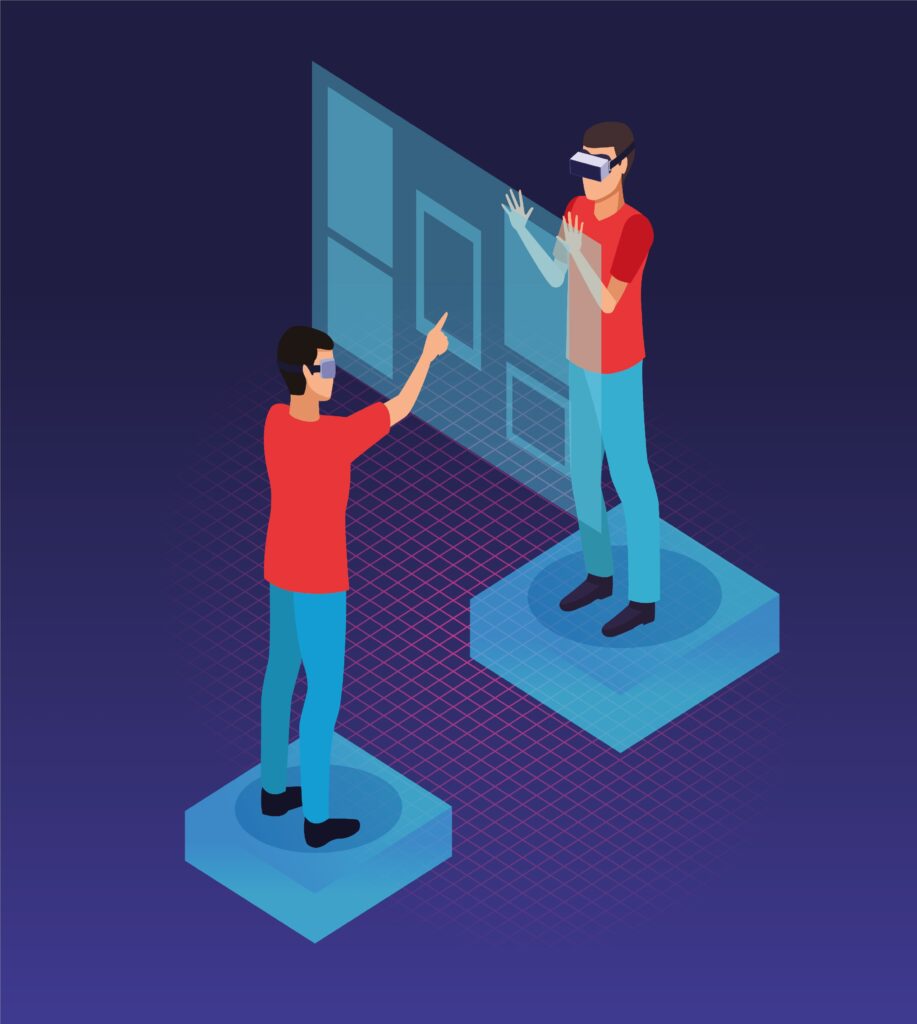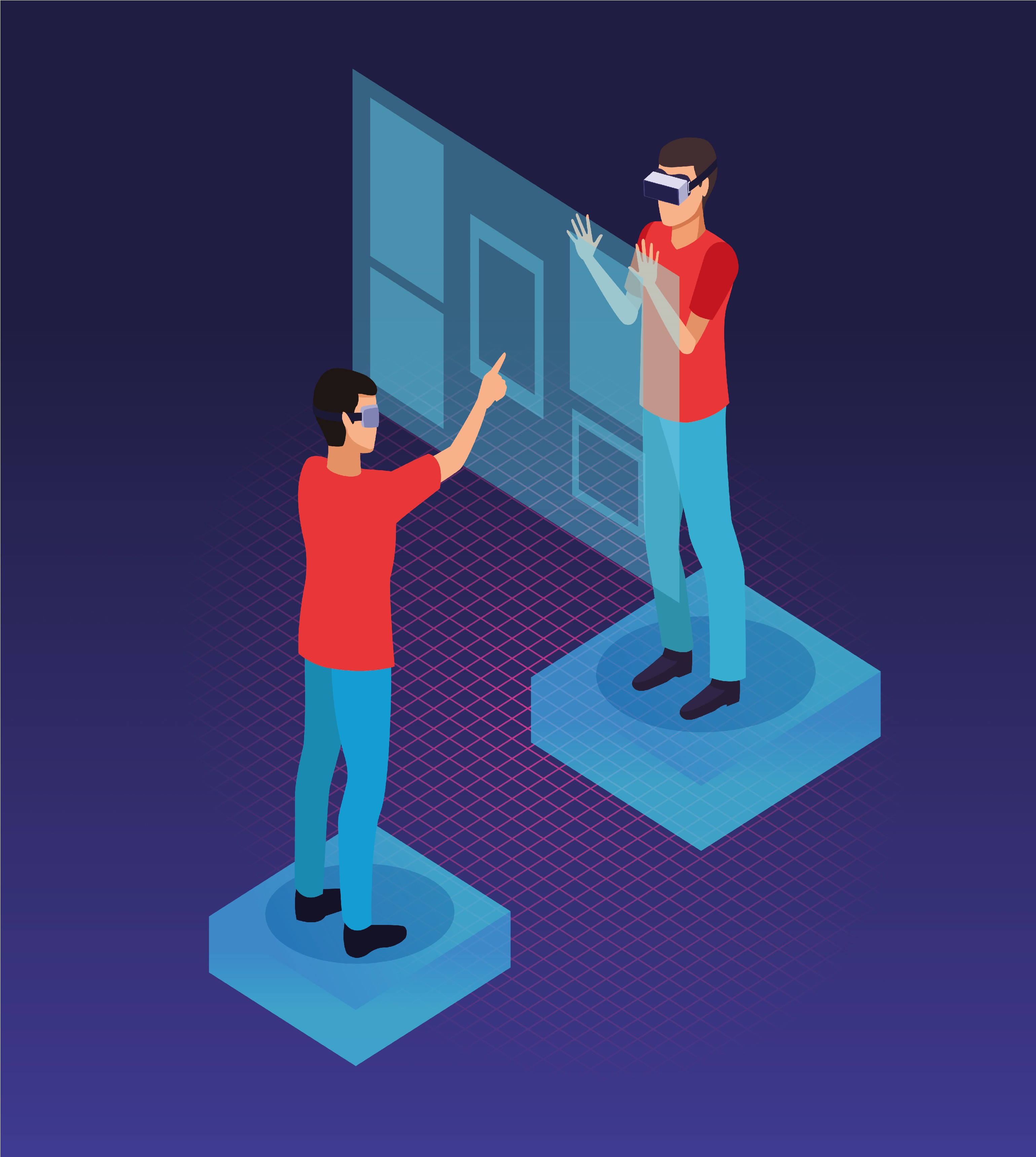Augmented Reality (AR) has emerged as one of the most groundbreaking technologies of the 21st century, blurring the lines between the digital and physical worlds. Initially popularized through gaming applications, AR has rapidly transcended the confines of the gaming realm and found its way into numerous real-world industries. From enhancing user experiences to revolutionizing business processes, AR has become a transformative force. This article delves into the journey of augmented reality, tracing its evolution from gaming entertainment to its diverse applications across various sectors.

The Gaming Revolution: AR in Entertainment
The journey of augmented reality began with its integration into gaming, igniting a revolution in the entertainment industry. Pokémon GO, released in 2016, stands as a hallmark example of AR’s gaming potential. Leveraging the capabilities of mobile devices, players could explore the real world while capturing virtual creatures superimposed onto their surroundings. This innovative experience demonstrated the power of AR to engage users and immerse them in a blended digital and physical environment.
Following Pokémon GO’s success, other game developers jumped on the AR bandwagon, creating a wide range of interactive and location-based experiences. From treasure hunts and virtual pet simulations to zombie survival challenges, AR gaming continues to captivate audiences and drive advancements in AR technology.
Augmented Reality in Education: A Transformative Learning Tool
Beyond entertainment, augmented reality has demonstrated immense potential in the field of education. By overlaying digital content onto real-world objects, AR enhances the learning experience and makes complex subjects more accessible. Students can visualize historical events, dissect anatomical models, or explore the solar system, all within the confines of their classrooms.
Moreover, AR fosters interactive and experiential learning, promoting engagement and knowledge retention. As AR technology becomes more accessible, educators worldwide are incorporating AR into their teaching methodologies, ushering in a new era of personalized and interactive learning.
AR in Architecture and Interior Design: Revolutionizing Visualization
Augmented reality has profoundly impacted the architecture and interior design industries, redefining how professionals visualize and present their creations. Architects can now project digital 3D models of buildings onto real-world environments, allowing clients to experience proposed designs in context. This interactive approach enables real-time changes and adjustments, streamlining the design process and improving communication between architects and clients.
Similarly, interior designers leverage AR to overlay virtual furniture and decor onto physical spaces, enabling clients to see how different elements blend together. This capability expedites decision-making and ensures that the final design aligns with clients’ preferences and requirements.
AR in Retail: Elevating Customer Engagement
The retail landscape has undergone a significant transformation with the integration of augmented reality. Retailers have adopted AR-powered apps that enable customers to virtually try on clothing and accessories before making a purchase. This “virtual fitting room” experience reduces the need for physical try-ons, enhancing convenience for shoppers and reducing return rates for retailers.
AR also empowers retailers to create interactive in-store experiences. By scanning products with AR-enabled devices, customers can access additional information, watch product demonstrations, and even unlock exclusive offers. This augmented shopping experience not only boosts customer engagement but also provides valuable data insights for retailers to refine their marketing strategies.
AR for Training and Simulation: Enhancing Workplace Efficiency
In industries with high-risk environments or complex operations, augmented reality has proven to be a game-changer for training and simulation purposes. By simulating real-world scenarios, AR offers a safe and immersive training environment, reducing the potential for accidents and errors.
For example, in the healthcare sector, AR is used to simulate surgeries, allowing medical professionals to practice procedures and refine their skills without jeopardizing patient safety. In manufacturing, AR aids in training assembly line workers, improving efficiency, and minimizing production errors. This integration of AR into training programs has translated into increased workplace safety, higher proficiency, and reduced operational costs.
AR in Healthcare: Advancing Medical Practices
The healthcare industry has embraced augmented reality to enhance patient care and medical procedures. Surgeons benefit from AR-assisted surgery, where digital overlays provide real-time information during operations, such as vital signs, medical records, and 3D images of internal structures. This improves surgical precision and reduces the likelihood of complications.
Furthermore, AR has enabled the development of innovative medical devices and wearables, aiding patients in managing chronic conditions and adhering to treatment plans. From AR-powered prosthetics to smart glasses for visually impaired individuals, the healthcare sector continues to explore AR’s potential in improving the quality of life for patients.
Conclusion
The rise of augmented reality from its humble beginnings in gaming to its widespread real-world applications is a testament to its transformative capabilities. AR has transcended entertainment, seeping into various industries, from education and architecture to retail and healthcare. Its capacity to blend the digital and physical realms has revolutionized how we interact, learn, and conduct business. As AR technology continues to evolve, the possibilities for its application are boundless, promising a future where the virtual and real worlds are seamlessly intertwined.
Related Articles:
1. Augmented Reality: Beyond Gaming to Real-World Solutions
2. Evolution of Gaming with Virtual and Augmented Reality
3. Augmented Reality in Gaming Industry | Top AR Games in 2022




